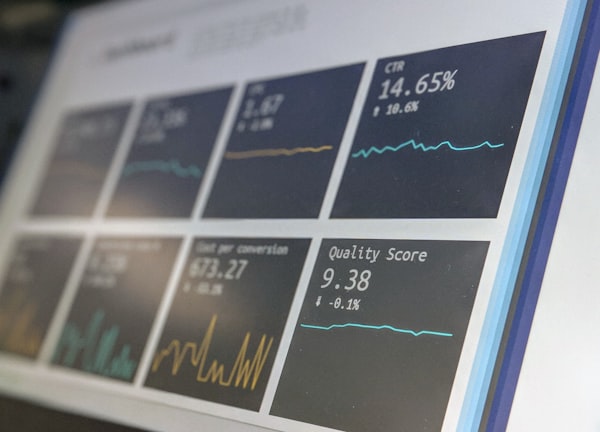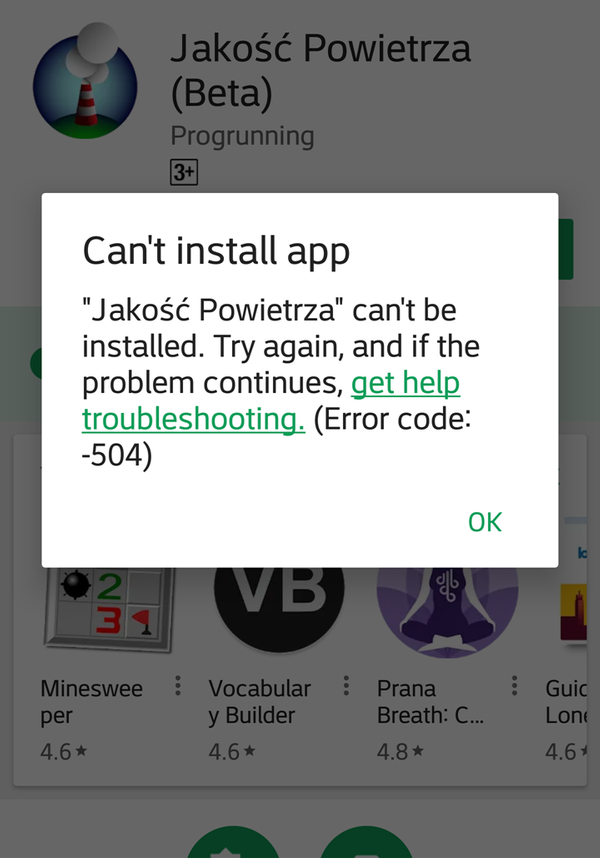
Apple Store Connect
App Store Connect Api with Azure DevOps and fastlane
Apple has enforced 2FA for all App Store Connect users, which broke my iOS Azure DevOps CD pipeline

Xamarin.Forms
In my previous post I went through the process of creating a DevOps CD pipeline for Xamarin.Forms Android applications. I've received some feedback that even after following the blog post to the letter, build pipeline wasn't working for some of you. That got me thinking...

Xamarin.Forms
I've decided to update my DevOps CD pipeline for one of my applications to produce the aab package instead of the apk. Why you might ask? Mainly because I wanted to decrease the size of my app package, which in turn should potentially result in more downloads and/or less uninstalls.

Xamarin
Recently Apple decided to discontinue Application Loader and therefore took the only GUI tool from the developers to upload their application packages to TestFlight/Apple Store.

Xamarin.Forms
There's multiple ways of handling visual states of your app pages, views or controls. Depending on how you utilize these techniques, they all might be fine to use. Moreover, you don't need to stick with just one way of handling your states, they all have there pros and cons.

Xamarin.Forms
In the spirit of the #XamarinChallenge and the fact that I've recently been dealing with reducing the size of my application, I've decided to see what are the other means of getting your app package to decrease in size and potentially improving its performance .

Xamarin.Forms
We all want our app packages to be as small as possible. Quite efficient way of decreasing the size of the app bundle is to use Linker. That's usually easier said than done.

Xamarin.Forms
It's inevitable that, as a mobile app developer, you will need to show a loading indicator in your app. These are mostly used to inform users that the application needs to do some "thinking" and the users are required to wait until the process is completed.

Xamarin.Forms
It's important to be consistent with how you use spacing, fonts, colors and other resources across your entire app. You should aim to have exactly the same Margins or Paddings, use the same font families and the same Color palette on every page of your app.

Xamarin.Forms
Having just one XAML ResourceDictionary file with all of your globally available StaticResources defined in it can easily expand to enormous sizes and get very messy. This makes every developer's life unnecessarily harder.
I've recently needed to customize Frame corner radius to have just the top or bottom corners rounded, whereas the rest corners should stay rectangular. The problem is that CornerRadius property on a Frame element takes a float as the argument, meaning that the value will apply to all of the corners.
It is vital for every mobile app to have some sort of indication of the fact that the app has been started and it's loading the content. Ideally, the waiting time would be reduced to 0 and user would see the landing page of the app straight after hitting the app's icon.
In my previous post I have explained how to deal with selected and unselected state of the TabbedPage tabs. This post will be a continuation on the topic of TabbedPage customisation. I will show you how to remove the label from the tabs on Android.
It’s very simple to set selected and unselected colors for Android devices. You can take advantage of the available platform specifics. Whereas on iOS it's a bit more complex.
I ran into an issue where my Xamarin.Forms UWP app, which uses MvvmCross and SyncFusion SfCharts stopped showing charts once I created the app package for the Windows Store (i.e. created *.appxupload package with .NET native tool chain).

I did a brief search on the Internet what could be causing such behaviour and majority of posts were pointing at some issues with cached data by Google Play Store and/or Google Play Services somehow breaking installation process. They were suggesting cleaning cache of these to solve the problem.
This topic is going to be sort of continuation of my previous post about BuildIt SQLite, where I show how to use it with code examples
The idea for SQLite Wrapper was purely dictated by the demand. We, at BuiltToRoam – company that I work at – are dealing with all types of universal application projects (Universal Apps for Windows 8.0-8.1 and Windows Phone 8.0-8.1 or UWP for Windows 10) that are required to use database(s)
This issue stroke me suddenly and without any reason (at least I couldn’t find one). One day code that rotates picture, which was captured from camera, started to throw exceptions. I was really surprised, because I didn’t change much in the project since the time it was working just fine..
Another blog post about my struggles with weird compilation errors of universal app solution.
Recently I was struggling with trying to set images (being a byte[] and/or being an Asset file and/or being an IsolatedStorage file) as an Image.Source.
Almost all of the Windows Phone apps have got a small offset on left and right side. I believe that, it’s got something to do with better user experience. As a layman in this matter, I can just guess that it makes human eye more comfortable to look at content which doesn’t touch edges